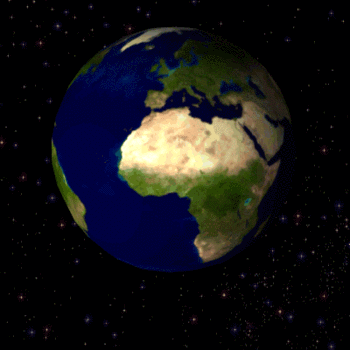What are some of the limits of radiometric dating techniques?
1 Answer
There are many.
Explanation:
This question requires a very extensive answer to be able to cover all bases here but I'm going to attempt to explain the salient facts. Jump down to summary if you just want to know what both categories of limitations are.
The limitations of radiometric dating can be split into two general categories, analytical limitations and natural limitations.
Analytical limitations encompass the limitations of the machinery that is being used to date a material. For example, you may want to date a zircon
So you can never have perfect running conditions and certain parameters will change over time, this is just the nature of high-tech machinery. A small shift in a parameter can affect your final outcome. So some analytical limitations can be the beam intensity, counting statistics, dead-time and so on. These are parameters you can control and will affect how accurate and precise your age-dating is. (Don't worry what those parameters mean, just understand they are machine-based).
Natural limitations encompass those as a result of nature. For example, you may want to date the same zircon crystals using the U-Pb method. In order to do this, you need to measure various isotopes of uranium
Another example, you may want to use
Summary:
- Analytical limit
One that you can control to some extent and will affect the precision and accuracy of the dating. - Natural limit
One that is not under your control and you must perform analyses accordingly and use the right decay series.

